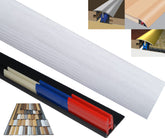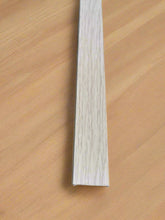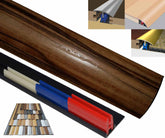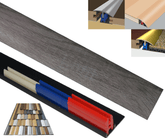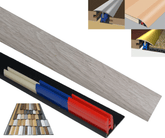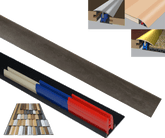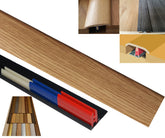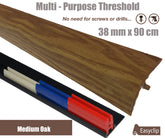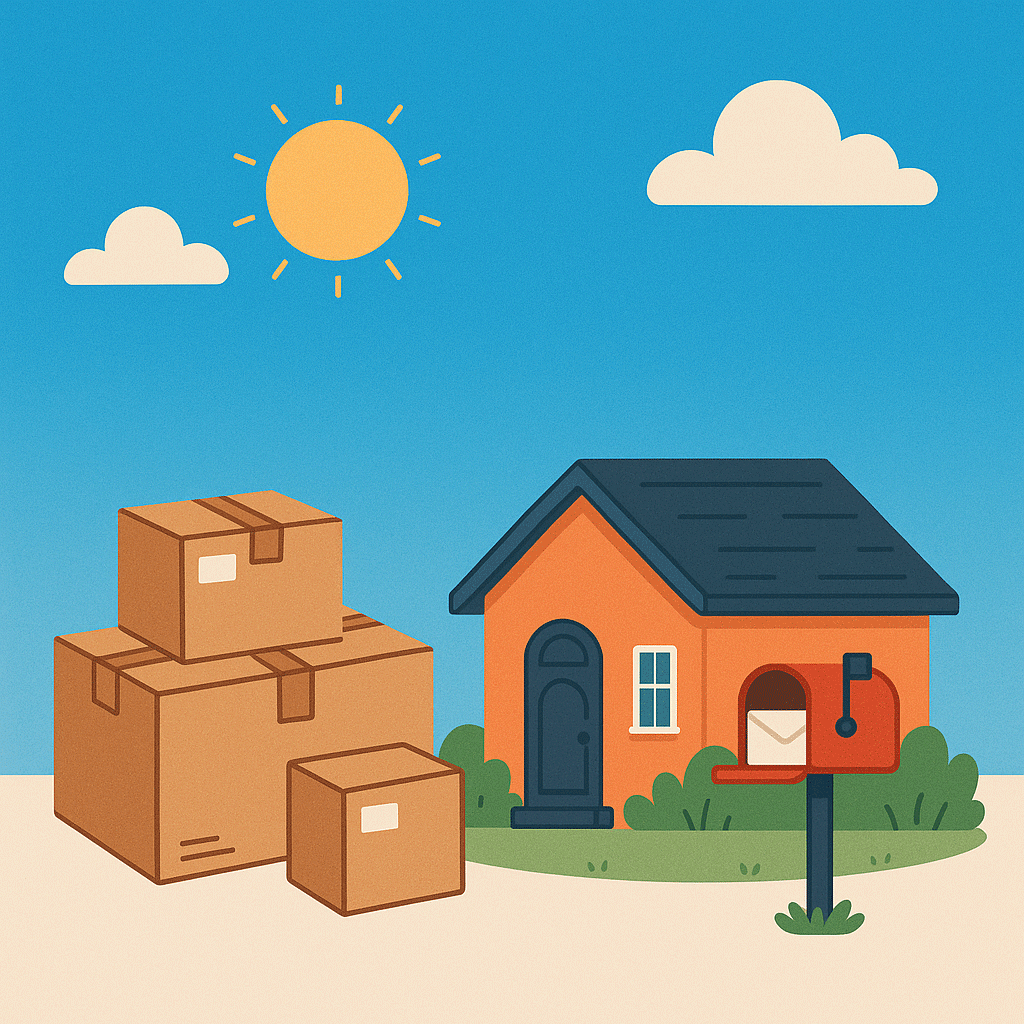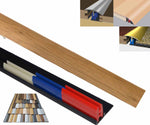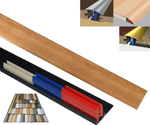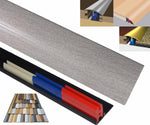How to Bleed a Radiator (and Why It Is Important)
How to Bleed a Radiator (and Why It Is Important)

Keeping your home warm and comfortable during the colder months depends heavily on your heating system working efficiently. One of the most common yet overlooked maintenance tasks for homeowners is bleeding a radiator. This simple process can drastically improve your heating performance, reduce energy costs, and prolong the life of your boiler and radiators.
In this guide, we’ll explain what radiator bleeding is, why it’s important, and how to do it safely and effectively.
What Does It Mean to “Bleed” a Radiator?
Over time, air can become trapped inside your central heating system. When this happens, it prevents hot water from circulating freely through the radiator. The result is a radiator that feels cold at the top but warm at the bottom, a clear sign that air pockets are blocking the flow of hot water.
Bleeding a radiator means releasing that trapped air so that water can once again fill the entire system. This ensures your radiator heats up evenly and performs as it should.
Why Bleeding a Radiator Is Important
Many homeowners underestimate the impact of trapped air, but the consequences can be significant:
-
Improved Heating Efficiency:
When your radiators are full of water (not air), they heat up faster and distribute warmth more evenly. This means your boiler doesn’t have to work as hard to maintain your desired room temperature. -
Lower Energy Bills:
An inefficient heating system uses more energy to produce less heat. By regularly bleeding your radiators, you ensure your system runs at maximum efficiency, saving you money in the long run. -
Reduced Wear and Tear on Your Boiler:
Air pockets can cause your boiler to overwork, which increases the risk of mechanical issues and premature failure. Bleeding helps to keep the system balanced and prolongs the lifespan of your boiler. -
Comfort and Consistency:
There’s nothing more frustrating than uneven heating — one room feels like a sauna while another stays chilly. Bleeding your radiators restores consistent warmth throughout your home.
When Should You Bleed a Radiator?
It’s a good idea to check your radiators at least once or twice a year, ideally before the heating season starts. You should also bleed them if:
-
The top of the radiator is cold while the bottom is warm.
-
You hear gurgling or bubbling sounds when your heating is on.
-
Some rooms take longer to heat than others.
-
Your boiler pressure drops frequently.
If you notice any of these signs, it’s time to grab a radiator key and do a quick bleed.
How to Bleed a Radiator: Step-by-Step
Bleeding a radiator is straightforward and doesn’t require professional help. Here’s how to do it safely:
-
Turn Off the Heating:
Always switch off your heating system and allow the radiators to cool completely. This prevents hot water or steam from escaping and causing burns. -
Locate the Bleed Valve:
The bleed valve is a small square or hexagonal fitting, usually located at the top corner of your radiator. -
Use a Radiator Key:
Insert the key into the valve and slowly turn it counterclockwise. You’ll hear a hissing sound — that’s the trapped air escaping. -
Wait for Water:
Once a steady stream of water begins to flow, close the valve tightly by turning it clockwise. -
Check Boiler Pressure:
After bleeding, the system pressure may drop. If it’s below the recommended range (usually 1.0–1.5 bar), top it up using your boiler’s filling loop. -
Turn Heating Back On:
Once everything is secure, turn your heating system back on and check that the radiator heats evenly.
Final Thoughts
Bleeding your radiators is a simple yet powerful way to keep your heating system healthy. It’s a quick maintenance task that takes just a few minutes but can lead to better performance, lower bills, and a warmer home.
By making radiator bleeding part of your seasonal home maintenance routine, you can avoid common heating issues and enjoy consistent comfort all winter long.


